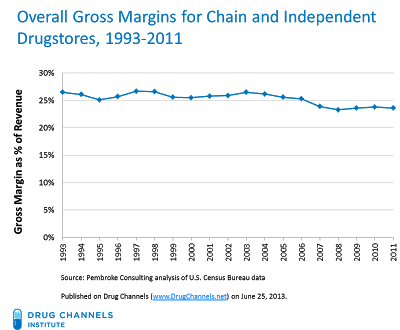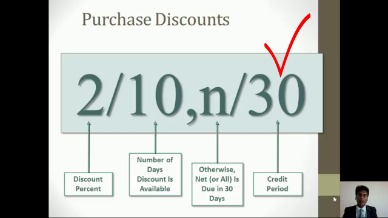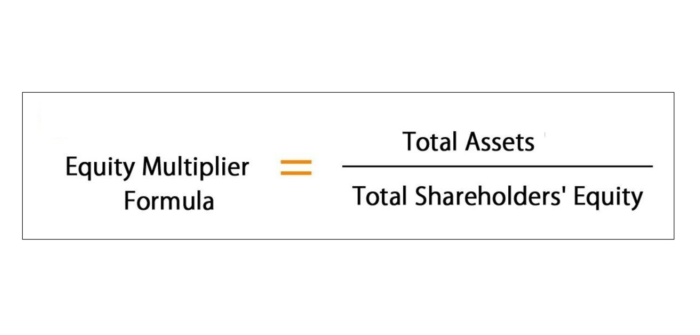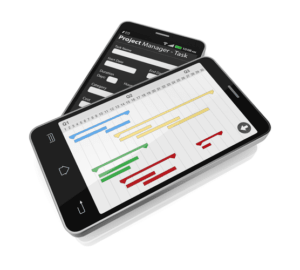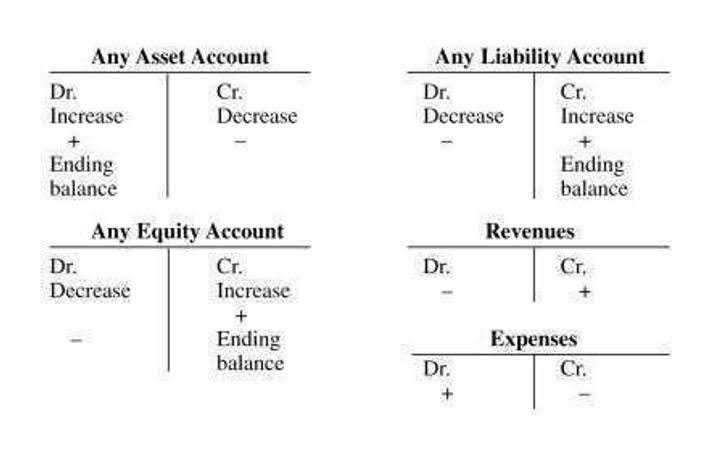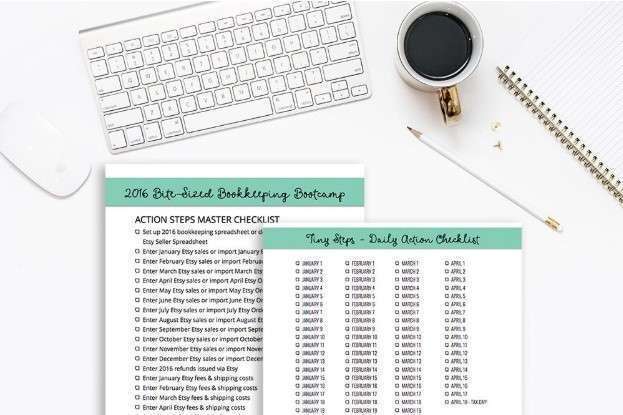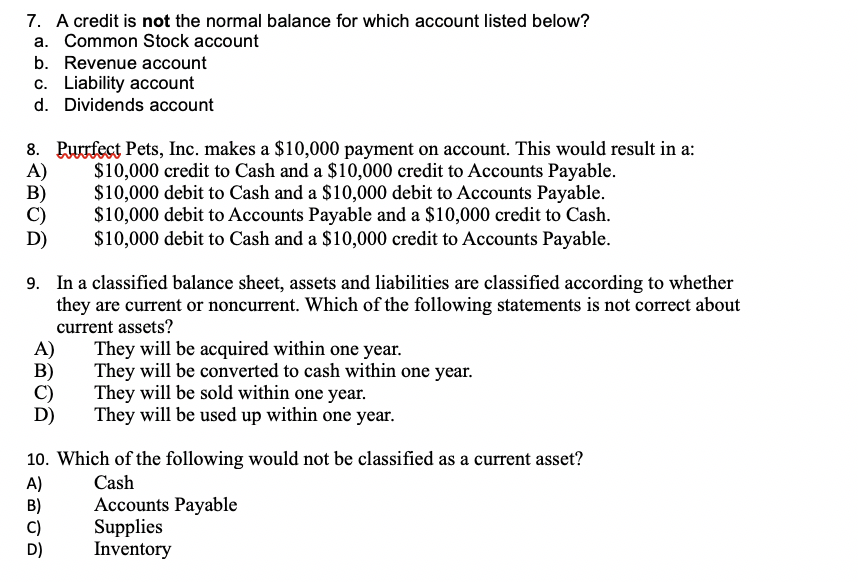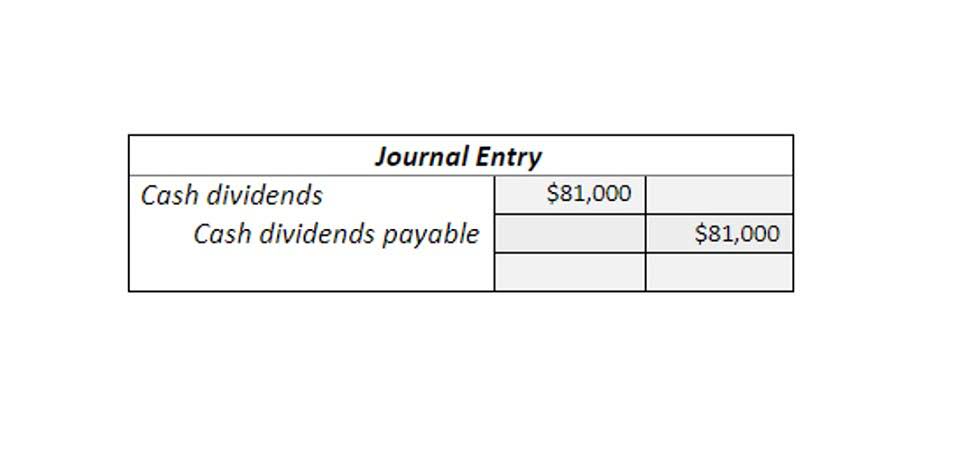
If the company grows to the size of a corporation, the full charge bookkeepers’ duties are shifted to a controller. In summary, being a proficient full charge bookkeeper requires a combination of technical skills and personal qualities. By possessing these skills, you can effectively contribute to the financial success of the business you work for. However, full-charge bookkeepers often don’t have any special certificate that gives them the title. Also, there are no official requirements, whether educational or professional, for this occupation. Most of the full-charge bookkeepers started as regular bookkeepers, gained experience, went through advanced accounting software training, and worked their way up the ladder.
- The general ledger is the central repository of an organization’s financial data.
- Unlike traditional bookkeepers who primarily handle data entry and basic record-keeping, full charge bookkeepers serve as accounting generalists, handling a wide array of financial tasks.
- Full charge bookkeepers often manage the entire cycle of accounting functions.
- Nevertheless, it is important to consider the following key advantages of employing a full-charge bookkeeper for your business.
B. Produce Financial Statements and Reports:
Some options to study minor courses during your degree are payroll accounting, economics, business law, and taxation procedures. For you to stay focused on your business, your bookkeepers take the lead to run essential reports. Unfortunately, the drawback of other versions, such as the disadvantages of QuickBooks Online cannot be neglected, particularly in the case of large business companies. When picking between in-house and outsourced bookkeeping, think about what your business needs and has.
Responsibilities of a Full Charge Bookkeeper
Even though they are not as well-paid as accountants, full charge bookkeepers definitely earn more than regular bookkeepers. Depending on the level of education, years of experience, certifications, and additional skills, the full charge bookkeeping salary in the United States ranges from $37,770 to $47,250. They will perform tax-related and https://www.bookstime.com/articles/bookkeeping-for-franchises-the-complete-guide payroll tasks, coordinate tasks with certified public accountants, and prepare information for auditing purposes. One significant trend is the automation of repetitive tasks such as data entry and reconciliation. Advanced software can now automatically fetch data from various sources, categorize transactions, and generate accurate reports.
Final Thoughts on Full Charge Bookkeeping

Depending on your company’s size, the way it’s structured, and the level of expertise required, you might decide whether you need to hire a regular or full charge bookkeeper. Your business would benefit from a full charge bookkeeper if it’s scaling and you can’t handle managing the books and performing full-cycle accounting tasks. Even the smallest error or omission in financial data can have significant consequences for a business. As a full charge bookkeeper, you are responsible for maintaining the integrity of financial records and ensuring that all transactions are correctly categorized and accounted for. Attention to detail helps you identify discrepancies, reconcile accounts, and avoid costly mistakes. Reconciling bank statements is another important duty of a full charge bookkeeper.
- Free up time in your firm all year by contracting monthly bookkeeping tasks to our platform.
- They are often entrusted with making financial decisions on behalf of the company, such as approving expenses and managing cash flow.
- So the position of a full charge bookkeeper doesn’t cover all the duties of an accountant.
- By regularly reconciling bank statements, you can detect errors, prevent fraudulent activity, and maintain the integrity of the financial records.
- Accountants usually have a more pronounced role in forming business strategies, supporting the organization’s growth and sustainability.
- As the demand for comprehensive financial management services continues to grow, the job market for full charge bookkeepers remains robust.
Even though the income of full-charge bookkeepers is not as competent as that of accountants or taxation experts, they earn quite more than a regular bookkeeper. Various estimates demonstrate that the average salary of full-charge bookkeepers ranges from $15.04 to $30.00 per hour. This range is subject to modifications based on your qualifications, additional skills and certifications, clean record of employment history, and the number of years of experience in the field. A high school diploma or equivalent certifications and some basic bookkeeping knowledge are essential. Although, a set of certain skills are important such as mathematical abilities and calculation, data entry, proficiency in computer usage, effective communication skills, and attention to detail. Look for a full charge bookkeeper with strong attention to detail and great communication skills.
Responsibilities of Bookkeeper
Their role involves handling duties that bridge the gap between basic bookkeeping and accounting. Therefore, a full-charge bookkeeper can handle many different things concerning finances. It is in their job description to perform tasks that fall between basic bookkeeping and accounting. It is what does full charge bookkeeper mean a two-in-one role that can be ideal for the needs of certain mid-size businesses and even larger ones, which have relatively simple accounting transactions and don’t need a controller. Think of full-charge bookkeeping as the Swiss Army knife of financial management for small businesses.

- An in-house bookkeeper typically focuses on a narrower range of duties, often reporting to a controller or accountant.
- When selecting a professional bookkeeping service, consider their experience, reputation, and the range of services they offer.
- This strategy can significantly cut costs, as it allows firms to benefit from expert financial management without the expense of maintaining a full-time, in-house accounting department.
- FC bookkeeping is a term that refers to professionals who are fully responsible for a small or medium-sized business’s full-cycle accounting and bookkeeping needs.
- A full-charge bookkeeper is a one-person accounting department, handling the complete financial cycle from A to Z.
- These statements include the income statement, balance sheet, and cash flow statement.
They do more than a regular bookkeeper, managing complex financial tasks and leading other financial staff. Knowing what is included in full charge bookkeeping services makes you aware that a degree, skills, and certifications sometimes aren’t enough. Due to the higher level of responsibilities that FC bookkeepers have, some employers insist that candidates have prior bookkeeping and accounting experience. Larger companies sometimes have the assistance of an outside certified public accountant to review and audit more complicated financial statements and tax returns.
That’s why investing in bookkeeping and accounting services is never a mistake, especially if you can get two in one, which is the case with full-charge bookkeepers. If you have any concerns, don’t hesitate to contact LessAccounting, the leading bookkeeping service provider. While both play crucial roles in financial management, there’s a distinct difference between a full-charge bookkeeper and a Certified Public Accountant (CPA). CPAs hold higher accounting expertise and are authorized to perform specialized tasks like audits, tax planning, and consulting. The full-charge bookkeeper job description goes beyond the usual responsibilities that typical bookkeepers have. Like regular bookkeepers, they keep records of finances, bank transactions, income and expenses, create monthly or weekly statements, and run payroll and timesheets.

Additionally, those with specialized knowledge or certifications, such as Certified Public Bookkeeper (CPB) or Certified Bookkeeper (CB), may be able to command higher compensation. We’ve already mentioned some of the skills that full charge bookkeepers should possess, but we’d like to focus more on their educational background. For success in this role, you should also have strong communication, organization, and attention to detail skills. If you don’t have experience in full charge bookkeeping (or any bookkeeping experience), you may also need to undergo job training. But because full charge bookkeepers go beyond the typical responsibilities bookkeepers have, you may be confused about the difference between them and accountants. When you’re a Pro, you’re able to pick up tax filing, consultation, and bookkeeping jobs on our platform while maintaining your flexibility.










